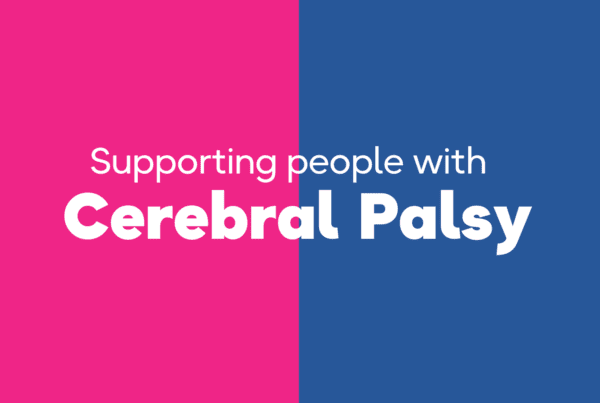Understanding the Differences between Dementia and Alzheimer’s Disease
Dementia and Alzheimer’s disease are often used interchangeably, but it’s essential to understand that they are not the same. In this blog, we will delve into what dementia is, explore the characteristics of Alzheimer’s disease, and shed light on the key differences between these two terms.

What is Dementia?
Dementia is an umbrella term encompassing a group of progressive neurological disorders that affect cognitive functions, memory, thinking, behaviour, and daily activities. It is caused by various conditions or diseases that result in brain cell damage, leading to a decline in mental abilities. The most common forms of dementia include Alzheimer’s disease, vascular dementia, Lewy body dementia, and frontotemporal dementia.
What is Alzheimer’s?
Alzheimer’s disease is the most prevalent type of dementia, accounting for approximately 60-80% of cases. It is a specific disease characterized by the accumulation of abnormal protein deposits in the brain, leading to the progressive degeneration of brain cells. Alzheimer’s typically affects older adults, although it can also occur in younger individuals.
Differences between Dementia and Alzheimer’s Disease:
1. Terminology: Dementia is an umbrella term that refers to a collection of symptoms and conditions affecting cognitive abilities. Alzheimer’s disease, on the other hand, is a specific disease and the most common cause of dementia.
2. Underlying Causes: Dementia can result from various conditions, including Alzheimer’s disease, vascular issues, Parkinson’s disease, Huntington’s disease, and more. Alzheimer’s disease, specifically, is caused by the accumulation of amyloid plaques and tau tangles in the brain.
3. Progression and Symptoms: Dementia is a general term for cognitive decline, while Alzheimer’s disease follows a specific progression pattern. In Alzheimer’s, memory loss is an early and prominent symptom, followed by difficulties with language, problem-solving, and decision-making. Other symptoms include confusion, disorientation, mood changes, and challenges with daily activities.
4. Prevalence: While Alzheimer’s disease is the leading cause of dementia, not all cases of dementia are due to Alzheimer’s. Vascular dementia, for instance, is caused by reduced blood flow to the brain, often resulting from strokes or other vascular conditions.
5. Treatments and Management: Although there is currently no cure for Alzheimer’s disease or most forms of dementia, treatment approaches aim to manage symptoms, slow progression, and enhance quality of life. Treatments may include medications, cognitive stimulation, behavioural therapies, and supportive care tailored to the specific type of dementia.
Dementia is an umbrella term encompassing a range of cognitive disorders, including Alzheimer’s disease. While Alzheimer’s is the most common form of dementia, it’s crucial to understand that not all cases of dementia are Alzheimer’s-related. Recognizing the differences between dementia and Alzheimer’s disease helps improve understanding, diagnosis, and management of these conditions. By promoting awareness and accurate information, we can provide better support and care for individuals affected by dementia, regardless of its underlying cause.
For more information: https://www.nhs.uk/conditions/dementia



